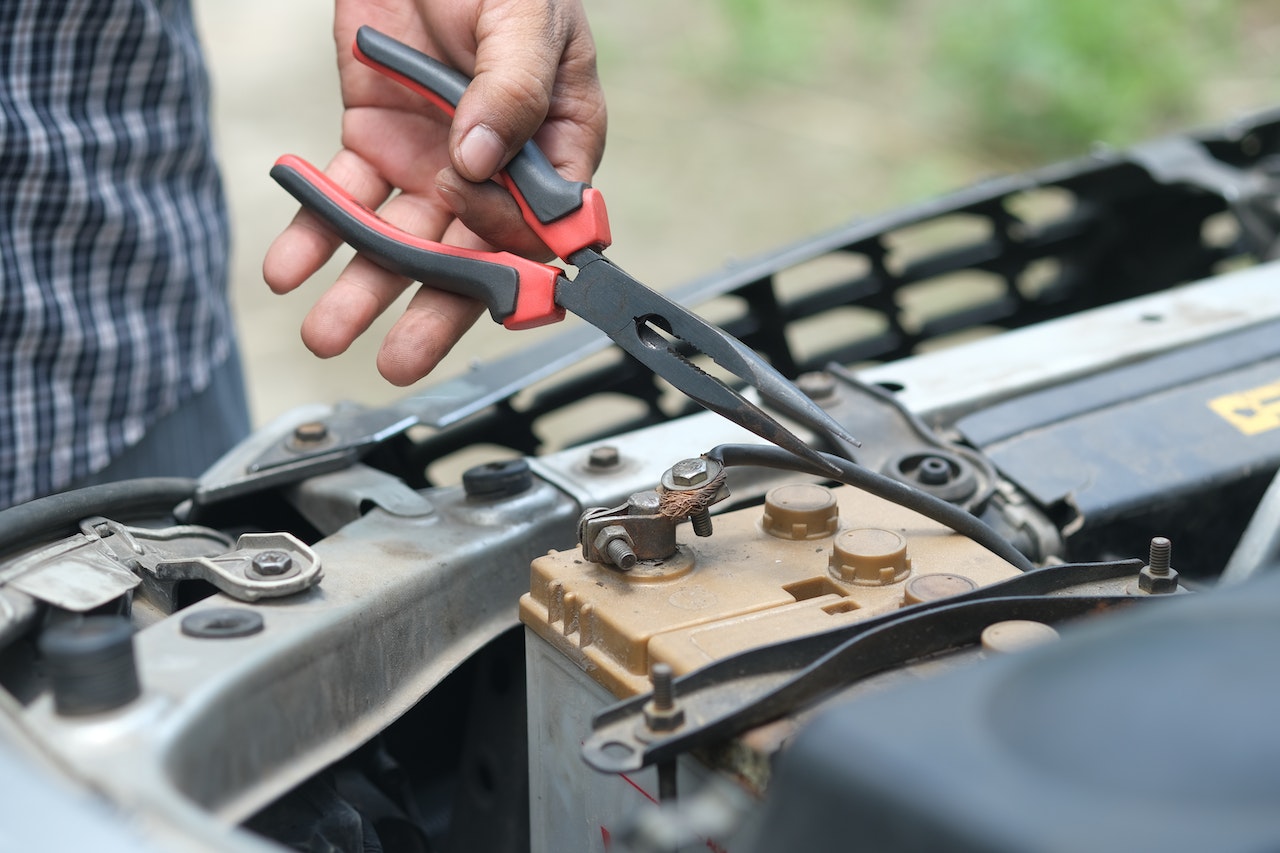How to Properly Install a Car Battery

Your car requires a specific battery to run properly, so make sure you install the correct type. Buying an unsuitable type could cause numerous electrical issues.
First, park your car on a level surface and remove the keys. Next, turn off the engine and engage the parking brake.
Start with the Right Battery
Selecting the ideal battery for your vehicle is essential, regardless of whether you’re replacing an old one or purchasing a brand-new one. This will determine how well it fits and functions in your car and help it last for years with proper care and upkeep.
When selecting a battery for your car, there are several factors that can influence its quality and lifespan. Things like how long it’s been in your car and its age should also be taken into account; additionally, consider the climate in your area as well as your driving habits.
Nowadays, most cars on the road use a conventional lead-acid battery; however, more advanced AGM designs exist that are better able to withstand repeated discharging and recharging cycles. You can check which type of battery your car uses by consulting its owner’s manual or taking it into an auto shop for diagnosis.
Check the Battery’s Connections
Before installing a new battery, it’s essential to inspect its connections. These terminals link your car’s battery to other electrical components like the starter and other accessories.
Unfortunately, these connections can corrode over time, leading to poor connections. To ensure optimal performance and prevent this from occurring, be sure to thoroughly clean these connectors.
Begin by inspecting the battery’s positive cable (red) and negative cable (black). Make sure there is no corrosion or other dirt around these ends; if so, wipe them down and rinse with water.
Clean the Battery’s Terminals
The battery is an intricate electrical system that transfers electrons between its negative terminal (anode) and positive terminal (cathode). These electrons create electricity, which in turn powers your vehicle’s engine.
Car batteries typically consist of lead and lead dioxide plates submerged in sulphuric acid. The acid causes a chemical reaction which generates electricity that flows from cathode to anode.
Therefore, it’s essential to clean the battery’s terminals regularly in order to prevent corrosion and electrical shorts. Corrosion occurs when hydrogen gas released from sulfuric acid reacts with airborne gases and moisture to form a hard and corrosive film on the battery’s terminals.
Battery corrosion is usually easy to detect and can be safely cleaned with a baking soda solution or battery cleaner. Just remember to wear protective eyewear, gloves and appropriate clothing before beginning this task.
Install the Battery
If you’ve ever had your car battery replaced, you know how important it is to install the replacement correctly. Not only does this guarantee a secure and effective installation, but it also helps prevent corrosion from developing within the battery.
The initial step is to take out your old battery from your car. Do this by opening either the hood or trunk of your automobile.
Once you open the hood, look for a large box with two cables connected to metal terminals on top. These will usually be marked with either a minus (-) symbol on one terminal and a plus (+) sign on the other.
To begin, locate the negative connector and loosen its nut with a socket wrench. Gently slide off from the negative terminal, setting it aside far away from the battery. Repeat for the positive cable; once secured onto its positive terminal.